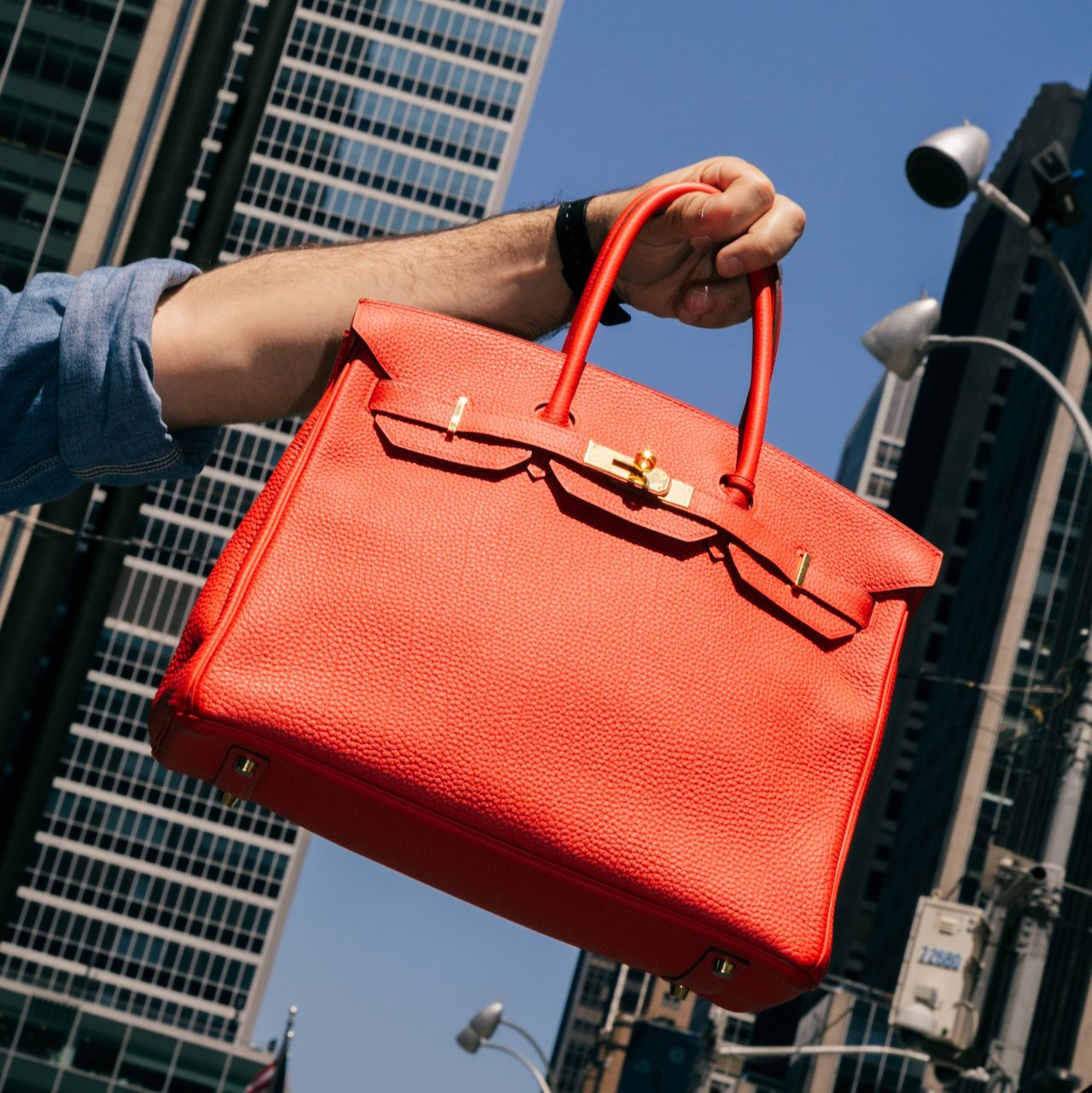Who Gets Promoted to the C-Suite—and How That Has Changed Over the Decades
Among our findings: The average age of top executives started falling after 1980. But now it’s higher than it was 40 years ago.
Here’s the face of the new C-suite: older, with broader industry experience and increasingly female.
These are some of the most surprising findings my colleagues and I have uncovered about how C-suite leaders have changed over time. My co-researchers—Rocio Bonet and Monika Hamori—and I have been tracking the attributes of the leaders of the world’s biggest corporations, the Fortune 100, since 1980, when many of the key forces shaping business today began.
The findings, in some cases, seem to be at odds with each other. That is because many factors are pulling the business world in different directions. For instance, executives change jobs a lot more than in the past and don’t stick with one employer or industry for their entire careers. On the other hand, C-suite executives do less job hopping later in their careers after moving around a lot early on. In many ways, there is more stability in the corporate world now than we would ever imagine from the tales of intrigue within individual executive suites.
Here is a closer look at our key findings
- The youth movement is over. Our study—which will appear in the California Management Review—found that C-suite executives are getting older. It’s a reversal of a long trend: Executives were getting younger after 1980—with the average age falling six years to 51 in 2001—but now the top leaders are back to where they were in 1980: 57 years old on average.
- Executives are doing more job hopping. The number of different companies where executives worked, including their current job, rose each decade—to 3.3 in 2021 from 2.2 in 1980, a 50% rise. Likewise, the number of years the executives worked elsewhere before joining their current company jumped by a third, to 15 years, over that same period. As a result, more outsiders are being hired directly into executive roles. In 1980, 9% of C-suite executives fit that bill. In 2021, 26% did.
- Executives are less likely to be lifers. The percentage of executives who spent their whole careers at one company dropped in every period in our data, especially between 2011 and 2021. Now just under 20% of executives are lifers, less than half the level in 1980 and about the same as in 1900. There is a big exception to that finding, though: legacy companies. These 17 companies—which have been in the Fortune 100 since 1980—have more than twice the percentage of lifers as the others.
- Eventually, executives do settle down. While executives may move around more early in their careers, when they do settle on a job, they stay there longer. Average tenure in executive roles is now back up to where it was in 1980, close to four years, after falling to two years in 2001. This may have to do with tech companies: As the industry has matured, it has become more stable. (At legacy companies, though, average tenure has dipped to three years from four.)
- They have broader experience. Executives used to get training in-house in various aspects of the business: operations, finance, logistics and so forth. It was a way for companies to train potential leaders from within, especially important since there weren’t a lot of outside hires for executive roles. Now companies are seeking people from outside who have experience in different niches, and putting them in roles that fill those niches. In 1980, the average top executive had worked in 1.4 different industries. Now that figure is 2.3.
- Legacy companies aren’t exempt from big changes. The C-suite at legacy companies looks more traditional—that is, more like 1980—than it does at other companies. Even so, these older corporations have seen some big changes.
First off, let’s look at the traditional side. Not only do legacy C-suites have a higher percentage of lifers, these executives get more training in-house and have less experience in other industries. At the same time, though, legacy executives have been affected by some trends that make them look different than in 1980. The executives have less tenure, as we have seen, and outsiders hired directly into executive roles went to 18% in 2021 from 1% in 1980. - More executives come from finance. Financial markets and investor interests took on a greater role after the 1980s, and that change is reflected in the proportion of executives with a finance background: The figure has been above 30% since 2001, up from 19% in 1980.
- More executives have law degrees. The proportion of executives with a law degree has risen, going to 17% in 2001 from 11% in 1980, and staying near that higher level in 2021. This may be a response to increased corporate regulations like Sarbanes-Oxley and Dodd-Frank that drive the need for more legal expertise in the C-suite.
- Business degrees aren’t as prevalent as you would think. For years, there was huge growth in M.B.A. graduates in the overall population—63% from 2001 to 2011. But the growth rate of M.B.A.s in Fortune 100 C-suites was considerably lower: just 6%. The period from 2011 to 2021 had even less upward movement. The number of M.B.A.s in the C-suite rose by just 4% over those years, as M.B.A. graduates in general rose by 8% during that time.
- Ivies are still influential. Even as the growth rate of M.B.A.s goes down overall in the C-suite, the dominance of graduates from Ivy League business schools in the executive ranks remains strong. Ivy League M.B.A. programs represent less than 1% of all such programs in the U.S. Meanwhile, as of 2021, 35% of C-suite executives had M.B.A.s, and 23% of those got the degree in the Ivy League. That’s in the same ballpark as 2001, when 30% of C-Suite executives had M.B.A.s, and 20% of those were from Ivies.
A couple of factors may be at play: These top jobs have become more attractive for elite graduates as executive pay has soared—and more outside hiring by companies has made it possible for M.B.A.s to make lateral moves that offer a chance at the C-suite. Previously, graduates of those elite programs disproportionately moved into higher-paying investment careers. - Women are landing more executive jobs. The proportion of women in Fortune 100 top executive ranks rose from roughly zero in 1980 to 12% in 2001 and 18% in 2011, by about the same percentage as the proportion of women in all management jobs. After that, the proportion of women in these top executive ranks rose to 28% of jobs in 2021—while women executives in the overall ranks of management rose to just 18% of jobs from 17%, according to the Bureau of Labor Statistics. This indicates that it did not take an increase in the pipeline of women managers to add more to the executive suite.
- Women are also advancing quicker than men. Women executives got to executive jobs faster than their male counterparts—four years faster into their careers in 2001, slowing to 1.5 years faster in 2021.
- Foreign-born executives have also made gains. Something similar happened with executives from outside the U.S. Until this past decade, the percentage of foreign-born people in top executive ranks—2% in 1980, for instance—had lagged behind the proportion of foreign-born people in the U.S. as a whole. Now, foreign-born people make up 15% of top executive ranks—larger than their proportion in the overall population. This increase, though, doesn’t seem to be associated with any greater globalization of top corporations: Instead, it may reflect an increase in foreign-born students in elite U.S. postgraduate programs.
Peter Cappelli is a professor of management at the Wharton School of the University of Pennsylvania and the author of “Our Least Important Asset: Why the Relentless Focus on Finance and Accounting is Bad for Business and Employees.”
This stylish family home combines a classic palette and finishes with a flexible floorplan
Just 55 minutes from Sydney, make this your creative getaway located in the majestic Hawkesbury region.
Continued stagflation and cost of living pressures are causing couples to think twice about starting a family, new data has revealed, with long term impacts expected
Australia is in the midst of a ‘baby recession’ with preliminary estimates showing the number of births in 2023 fell by more than four percent to the lowest level since 2006, according to KPMG. The consultancy firm says this reflects the impact of cost-of-living pressures on the feasibility of younger Australians starting a family.
KPMG estimates that 289,100 babies were born in 2023. This compares to 300,684 babies in 2022 and 309,996 in 2021, according to the Australian Bureau of Statistics (ABS). KPMG urban economist Terry Rawnsley said weak economic growth often leads to a reduced number of births. In 2023, ABS data shows gross domestic product (GDP) fell to 1.5 percent. Despite the population growing by 2.5 percent in 2023, GDP on a per capita basis went into negative territory, down one percent over the 12 months.
“Birth rates provide insight into long-term population growth as well as the current confidence of Australian families,” said Mr Rawnsley. “We haven’t seen such a sharp drop in births in Australia since the period of economic stagflation in the 1970s, which coincided with the initial widespread adoption of the contraceptive pill.”
Mr Rawnsley said many Australian couples delayed starting a family while the pandemic played out in 2020. The number of births fell from 305,832 in 2019 to 294,369 in 2020. Then in 2021, strong employment and vast amounts of stimulus money, along with high household savings due to lockdowns, gave couples better financial means to have a baby. This led to a rebound in births.
However, the re-opening of the global economy in 2022 led to soaring inflation. By the start of 2023, the Australian consumer price index (CPI) had risen to its highest level since 1990 at 7.8 percent per annum. By that stage, the Reserve Bank had already commenced an aggressive rate-hiking strategy to fight inflation and had raised the cash rate every month between May and December 2022.
Five more rate hikes during 2023 put further pressure on couples with mortgages and put the brakes on family formation. “This combination of the pandemic and rapid economic changes explains the spike and subsequent sharp decline in birth rates we have observed over the past four years,” Mr Rawnsley said.
The impact of high costs of living on couples’ decision to have a baby is highlighted in births data for the capital cities. KPMG estimates there were 60,860 births in Sydney in 2023, down 8.6 percent from 2019. There were 56,270 births in Melbourne, down 7.3 percent. In Perth, there were 25,020 births, down 6 percent, while in Brisbane there were 30,250 births, down 4.3 percent. Canberra was the only capital city where there was no fall in the number of births in 2023 compared to 2019.
“CPI growth in Canberra has been slightly subdued compared to that in other major cities, and the economic outlook has remained strong,” Mr Rawnsley said. “This means families have not been hurting as much as those in other capital cities, and in turn, we’ve seen a stabilisation of births in the ACT.”
This stylish family home combines a classic palette and finishes with a flexible floorplan
Just 55 minutes from Sydney, make this your creative getaway located in the majestic Hawkesbury region.


















